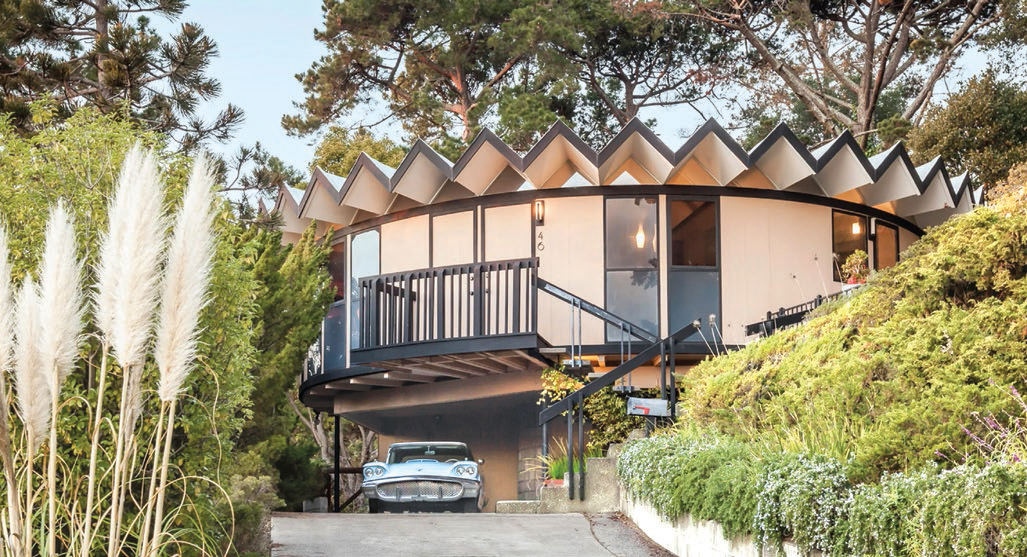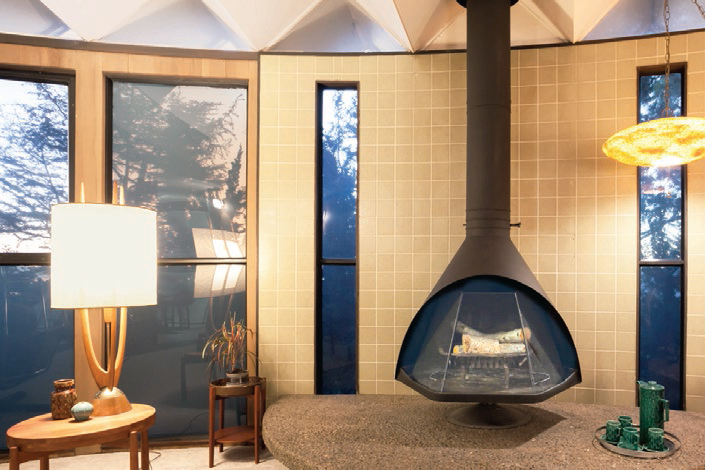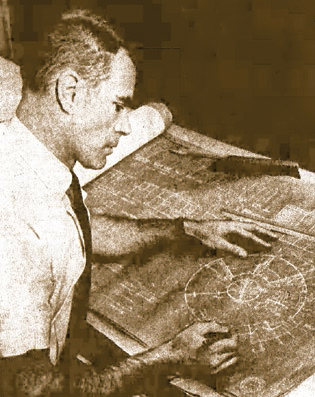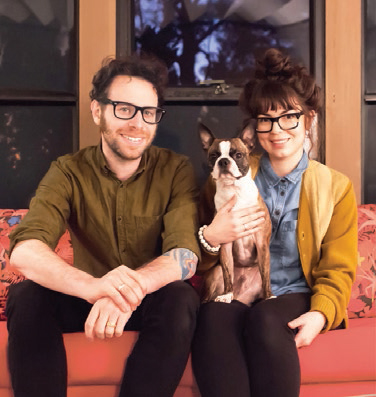Winner's Circle
 |
|
|
Like many fans of modern design, Julian Goldklang and Desiree Myers are always looking for something special. That's why they snapped up a home in 2015 that "was something other than rectangular or square," Julian says.
It's a 1967 house from the Oakland firm Meyer Round Structures—compact, suspended above its site like a mushroom on a stem, with curved walls, curved windows and doors and hallways, and with much of the furnishings curved as well, just to match the mood.
"This house is just so unique and of that era, when architects were experimenting with round forms and geodesic domes," Julian says.
"It's a small house, 1,250 square feet, but it feels a lot bigger than that," he says. "If it were a 1,250-square-foot rectangular ranch, it would feel tiny. Because of the organic nature of the home, it feels very open."
 |
|
|
Homes with circular plans are among the oldest dwellings in the world, going back to Celtic roundhouses from the Iron Age, Mongolian yurts, and igloos.
Leon C. Meyer (1924-2003), who probably designed more houses in the round than any other California architect, focused on structural strength and efficiency when promoting his homes.
"You can put more area in a round house than in a similarly sized box of a house," he told designer Jonathan Taylor in an interview two decades ago. Round houses can also avoid wasteful halls. And Meyer proclaimed that round houses are "one of the most sound structures on Earth."
More than utility, though, curves convey emotion, as they do in arabesques, in the ancient spirals and weaves of Celtic designs, in sinuous Rococo and Art Nouveau designs.
 |
In modern houses in the round we find a sense of joy, whimsy, an openness to the out of doors, a revolt against the machined aesthetic of mainstream modernism, a striving for a better life brought on by homes that are more like living beings than dead boxes.
Author Steven M. Price, in his book Trousdale Estates on the modern mansions of this Los Angeles neighborhood, suggests the joy that curves can bring to a home by comparing circular areas in one mansion to "bubbles in a glass of champagne."
Long before Frank Lloyd Wright developed his concept of 'organic architecture,' designers focused on natural forms as inspiration for manmade structures. "Nature's forms are mostly spherical," home designer Orson Squire Fowler wrote in 1848. "She makes ten thousand curvilineal to one square figure. Then why not apply her forms to houses?"
Fowler argued that spherical homes would be healthier than rectangular ones, with more light and with fewer steps needed to get from place to place. Round houses, he said, would reduce "fretfulness and ill temper, as well as exhaustion and sickness."
 |
Still, Fowler did not produce round houses, opting instead for easier-to-build octagons, avoiding the need to transform flat-milled lumber into an object with curves.
Indeed, many of the 'round' houses that have followed are polygonal, rather than truly round. As Julian Goldklang points out, "It's not easy to build in the round. Everything manufactured is really made in a rectilinear way. Everything is meant to be a square or a rectangle."




